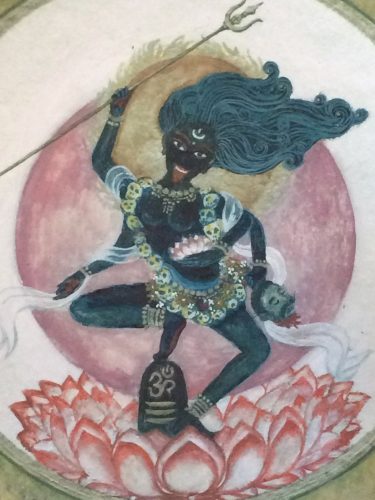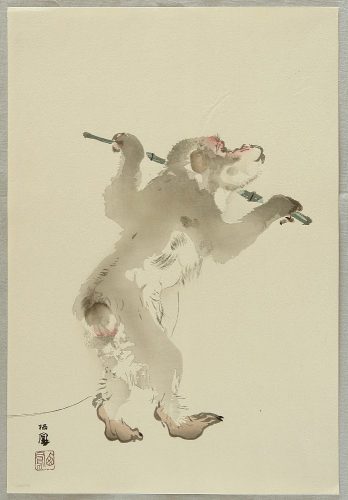
Three Doves, Picasso, 1960
Talk at the End of the Asana & Meditation Class
Friday, May 20th 2022
Trying to Take In Yoga To Pass Yoga On
Among the obstacles that I have had to confront within my practice of Yoga, one of the hardest ones has been and continues to be speaking. From speaking at the end of asana and meditation classes, speaking in MYM online programs, or speaking privately to people about Yoga, it has always been challenging. I have asked myself why that is and some of my conclusions are: 1) I am self-conscious and worry about what people will think of me (“this Yoga-crazy person”); 2) I truly am not confident that I understand the teachings of Yoga as much as what I think I should; and 3) I find it difficult to make a connection between the lives and situations of people and the teachings of Yoga.
Through the years, Anandamali has sometimes recommended that I share the teachings of Yoga with some people, knowing that they will surely help that person’s life to improve or will ease their burdens. But even in these more personal situations, I become intimidated and concerned. One of the people that Anandamali suggested that I share the teachings with, after hearing from me about his nature and some of his background, was my father. A few years ago, when The Universal Gospel of Yoga in Spanish was published, I gifted it to him. He did not receive it so well and responded with confusion and intense emotions. Since then, I avoided speaking with him about Yoga and at some point, I came to the decision that I should primarily focus on transforming myself first and foremost.
Recently, I went to visit my dad and found that he was very deteriorated, both physically and mentally. His life has become a great challenge since my mom’s health has also become more delicate and he has had to manage many more things for himself and my mother, something he never had to do in his whole life. His mind-state has always been fragile, on and off, throughout his life, but at this moment he hit a breaking point. When I saw him, he was in a very unstable state, and had begun to express not wanting to be alive anymore, due to the extreme challenge of managing his life, his body and mind. He continued to express his desire to leave this earth and cried unstoppably, to the point that I was shocked and concerned. However, I did not know how to help, what to say or do to improve his state.
Finally, even though I had not had such a positive experience talking about Yoga with my dad in the past, I felt that there was nothing else I had to offer my father at that moment, and that nothing else that I could tried would make a difference but the teachings of Yoga. Though I was feeling great anguish because of my own fears, I finally spoke to him about the teachings of Buddha on suffering: “You know, all of us feel the same as you. Your wife, your son, your daughter, your grandsons, friends, neighbors—everybody around you will get sick, old and die one day. And we are all as scared as you are, or as inconvenienced as you are by the challenges of this life. But, my teacher says, why suffer about what is inevitable? Nobody can prevent getting old, sick, and dying because we were all born in a body that decays. That is true for all of us around you.”
My heart was beating fast, but I was able to speak calmly. Then I saw him lifting his head slowly and stop crying. He was looking up at me in complete silence. I had no idea what he was thinking, but he had stopped crying and was deeply pensive. So, I continued, “and there are four more sufferings according to Buddha, being away from someone you love, being next to someone you despise, not getting what you want in life, and having an impure body and mind. We all struggle to manage these feelings too, but if you think about it, these four ways of suffering are avoidable if we learn to control the mind, if we work on it.”
He was still looking up at me from his bent over position, and I did not know what else to say, or I did not feel that I could say anything else after that. In addition, I did not want to add more of my own ideas and stir his mind unnecessarily.
Three weeks later, I heard from my brother that my father was acting very differently: he was getting out of his bed when someone visited, he was smiling more, and he was putting more effort to care for my mom. I am not sure if his change has anything to do with the teachings that I shared with him, and I do not know if this change in attitude will continue or regress—neither do I want to count on that.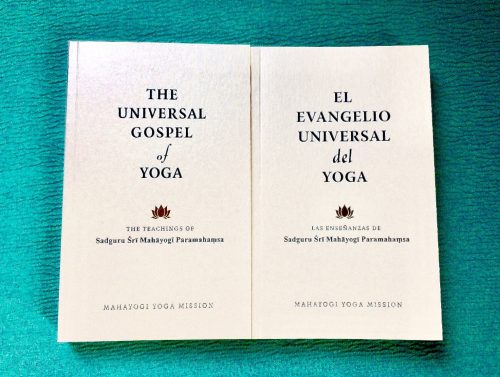 But what I do know is that I was able to speak with him about Yoga, despite my fear of experiencing his bad temper, and offer him a tool for bringing himself out of his depressed state. For me this was a unique moment, especially because this is a person whom I have feared speaking with for so long.
But what I do know is that I was able to speak with him about Yoga, despite my fear of experiencing his bad temper, and offer him a tool for bringing himself out of his depressed state. For me this was a unique moment, especially because this is a person whom I have feared speaking with for so long.
I asked myself, how did that happen? What allowed me to speak with my dad this way? I realized that through the work of the mission, and even just by being among sangha in programs or in daily life, I have continuously been in the situation of having to try to think, speak or write about life and Yoga for the sake of others. This has continued to create the situation in which I have had to push myself to try to understand, in whichever way I can, through my own personal efforts in practice, even when it is uncomfortable, but also when it is comfortable. The effort, and in greatest part, the support I have received to overcome my mind’s limitations and fears has been on-going and intensive.
During the conversation with my father, while under the pressure of his altered state, I felt that there was an urgent need to communicate, to do something, to uplift him. In that moment, which seemed so delicate, I couldn’t persist in protecting my self-image anymore because of fear of rejection or disagreement, or in thinking that I do not know what to say—I had to try! In addition, I felt so clearly that the teachings of Yoga are not for me to hold on to, but for whoever needs them next to me, whoever that may be. I see now that it was because of the ongoing practice that we learn and receive from the Mission, that in that crucial moment with my dad, I was able to overcome my fears and to offer him something that may begin to ease his mind, with much more trust in the teachings.
I know that I need to develop more and more the ability to speak about Yoga and to connect with people and their realities with my heart in my hand, in the way I experienced with my dad. If I continue to persist in learning how to think and ponder about the teachings, to understand them and use them in my own life, I have a much better chance of discovering many things, even why the teachings exist in the first place, and what it is that they offer all human beings, including myself.
I am thankful for every opportunity to learn and practice Yoga, and being able to try again and again to keep learning. We have been given a treasure by Shri Mahayogi and everyone is in desperate need of this treasure, so we are the ones in the position to receive it, learn from it, use it, and share it through our own actions and words, otherwise this treasure will remain unfound and its purpose unfulfilled. That is what motivates me to continue this journey. For pushing me and leading me every step of the way, without giving up, I thank my most beloved sister, Anandamali.
~Karuna
To make a financial contribution, visit our CONTRIBUTION PAGE.
Visit and share our WELCOME PAGE to join our online classes.


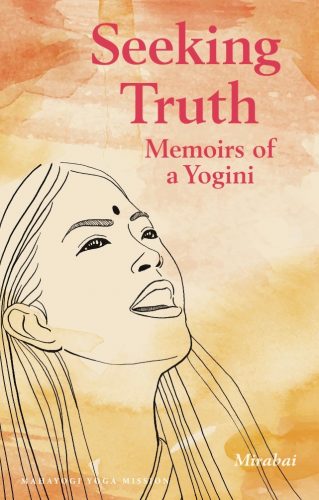


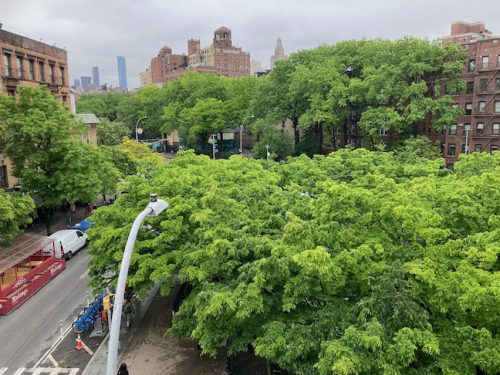


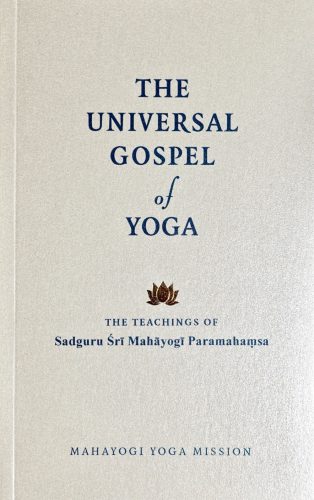 “…Simply put, when the mind becomes still,
“…Simply put, when the mind becomes still,
